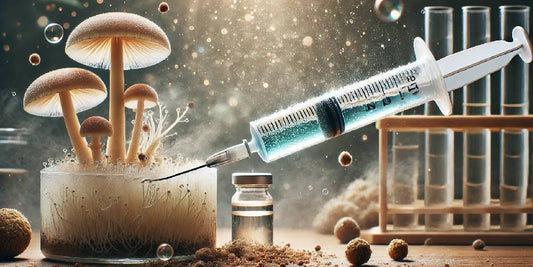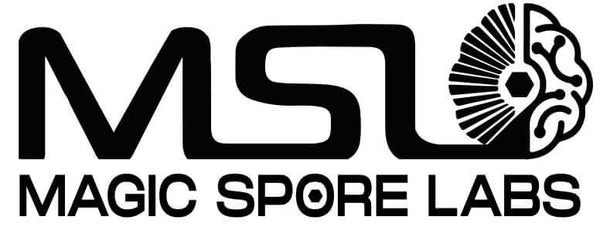News

Jack Frost Liquid Spores Review: Quality Assess...
If you're in the world of mycology, whether you're a hobbyist or a more serious enthusiast, you may have come across a product called Jack Frost Liquid Spores. This product...
Jack Frost Liquid Spores Review: Quality Assess...
If you're in the world of mycology, whether you're a hobbyist or a more serious enthusiast, you may have come across a product called Jack Frost Liquid Spores. This product...

How Long Can Mushroom Spores Survive?
Welcome to a fascinating journey into the world of fungi and, more specifically, a dive into the longevity of mushroom spores. Mushrooms, those intriguing organisms that pop up with the...
How Long Can Mushroom Spores Survive?
Welcome to a fascinating journey into the world of fungi and, more specifically, a dive into the longevity of mushroom spores. Mushrooms, those intriguing organisms that pop up with the...

What Are Magic Mushroom Spores?
Magic mushroom spores are akin to seeds in the plant world; they are the starting point from which magic mushrooms can potentially develop, given the right conditions. However, before we...
What Are Magic Mushroom Spores?
Magic mushroom spores are akin to seeds in the plant world; they are the starting point from which magic mushrooms can potentially develop, given the right conditions. However, before we...

Lab Quality Spores: What Sets Them Apart and Ho...
The study of fungi, spores play a crucial role. They are akin to seeds in the plant kingdom, bearing the potential for new fungal life. However, not all spores are...
Lab Quality Spores: What Sets Them Apart and Ho...
The study of fungi, spores play a crucial role. They are akin to seeds in the plant kingdom, bearing the potential for new fungal life. However, not all spores are...

Tips For Buying High-Quality Mushroom Spores On...
The internet is a treasure trove of information, products, and services. Among the myriad of items one can purchase online, mushroom spores hold a peculiar fascination for enthusiasts of mycology,...
Tips For Buying High-Quality Mushroom Spores On...
The internet is a treasure trove of information, products, and services. Among the myriad of items one can purchase online, mushroom spores hold a peculiar fascination for enthusiasts of mycology,...

Psilocybin vs. Muscimol
Today, we're embarking on a unique journey through the realms of science to explore two intriguing substances: psilocybin and muscimol. While these compounds are often shrouded in mystery and intrigue,...
Psilocybin vs. Muscimol
Today, we're embarking on a unique journey through the realms of science to explore two intriguing substances: psilocybin and muscimol. While these compounds are often shrouded in mystery and intrigue,...
